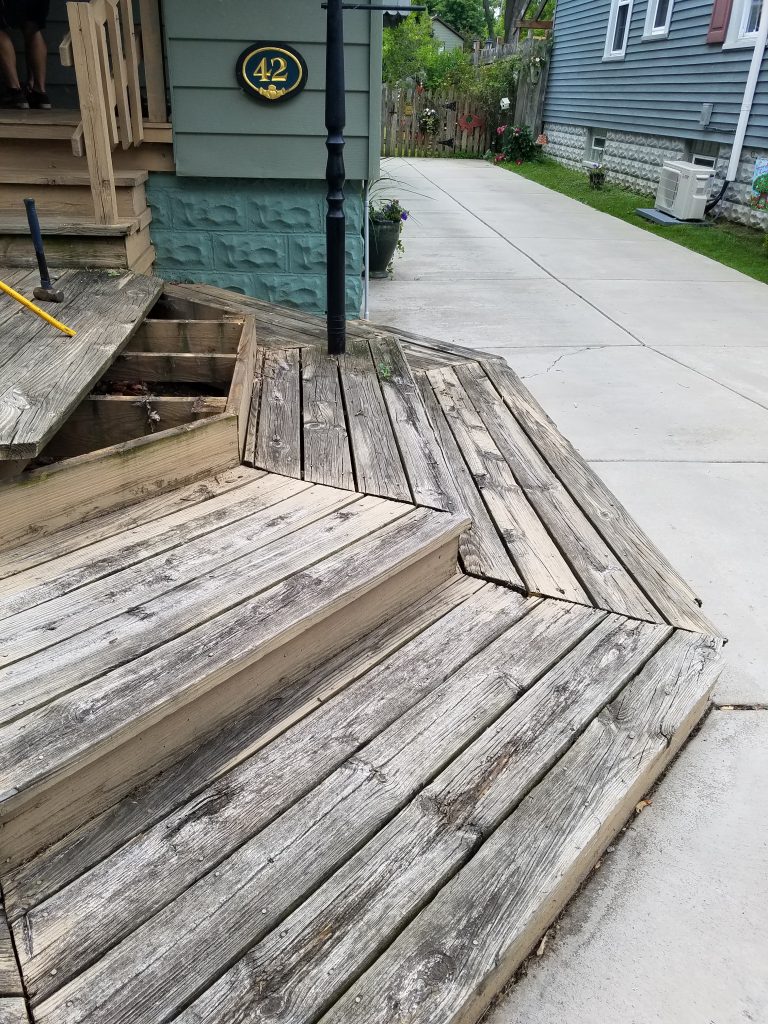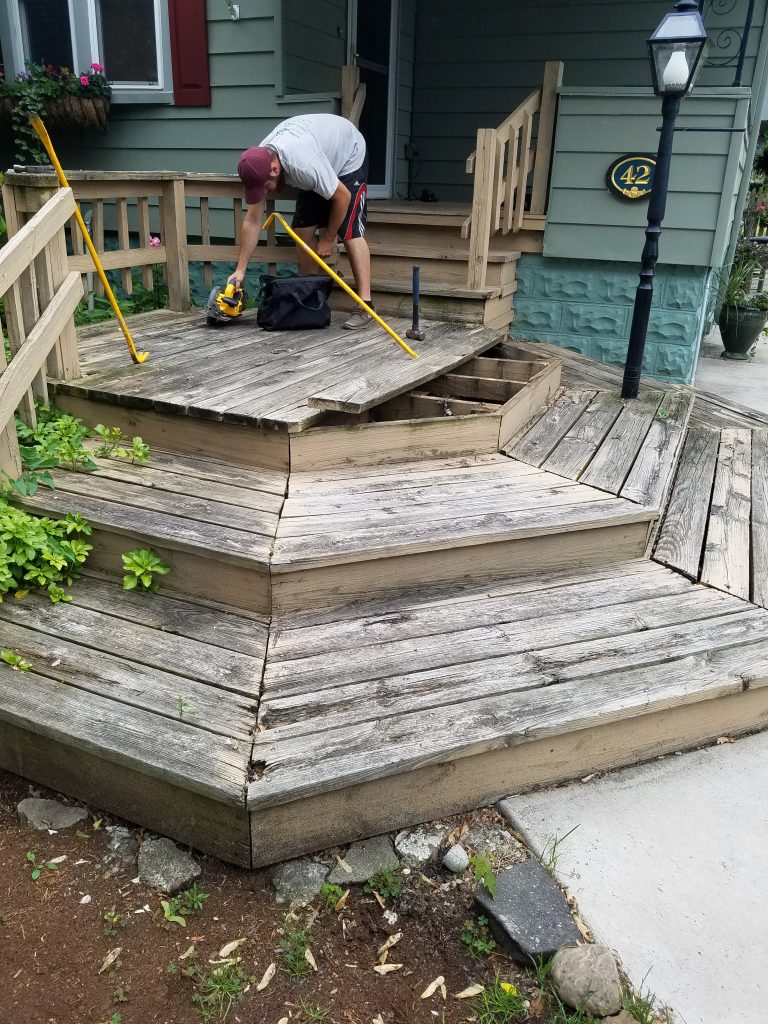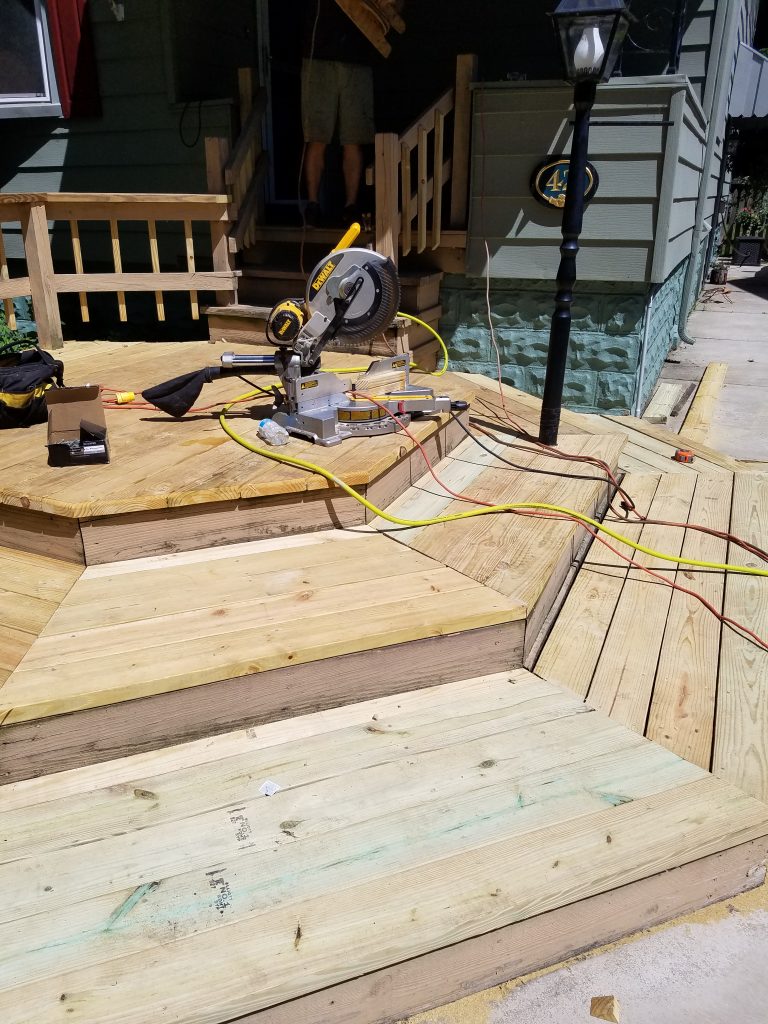DECK RESTORATION BY J.K. SCHWARTZ, INC.
Few things are as beautiful as wood. Its color, grain and texture have long been praised. In the hands of craftsman and builders, this economical, durable and versatile building material has no equal when it comes to enhancing the appearance of our homes and yards.
All exterior wood needs to be protected from rot absorption, ultra violet rays, moss, and mildew. If left untreated or neglected, the wood could deteriorate costing thousands of dollars in unnecessary damage.
The most important thing for any consumer to know is that deck restoration takes knowledge, skill and experience to do the job correctly. The use of a power washer in inexperienced hands could cause unrepairable damage to pine pressure treated decks and even hard wood in a matter of seconds.
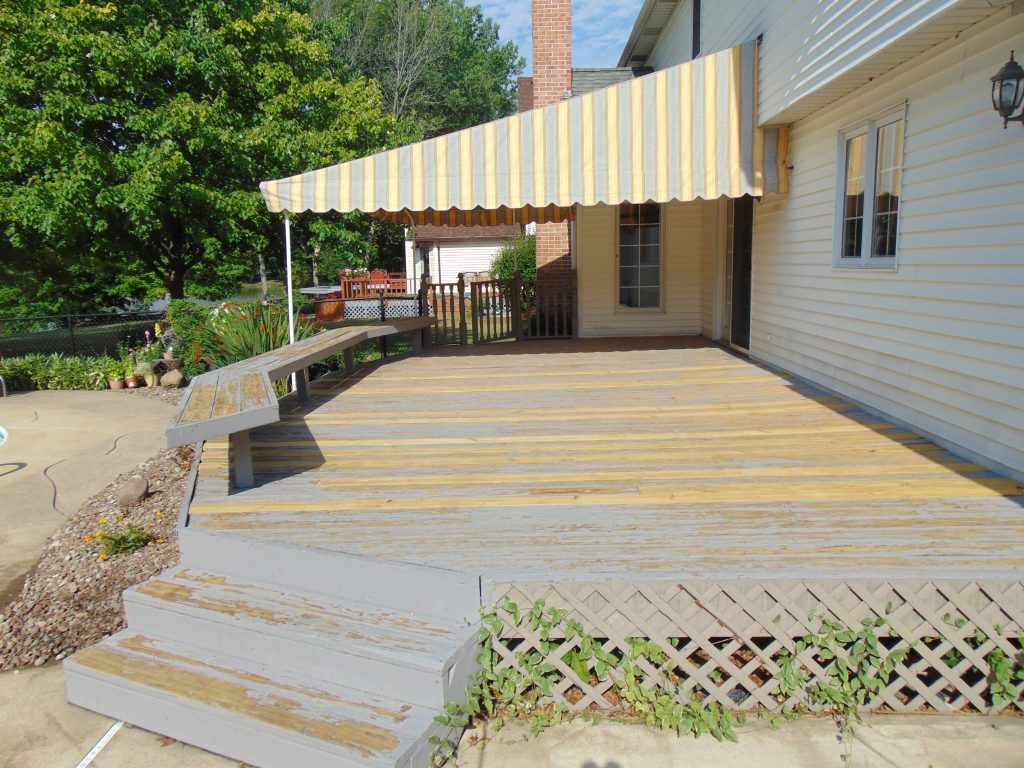

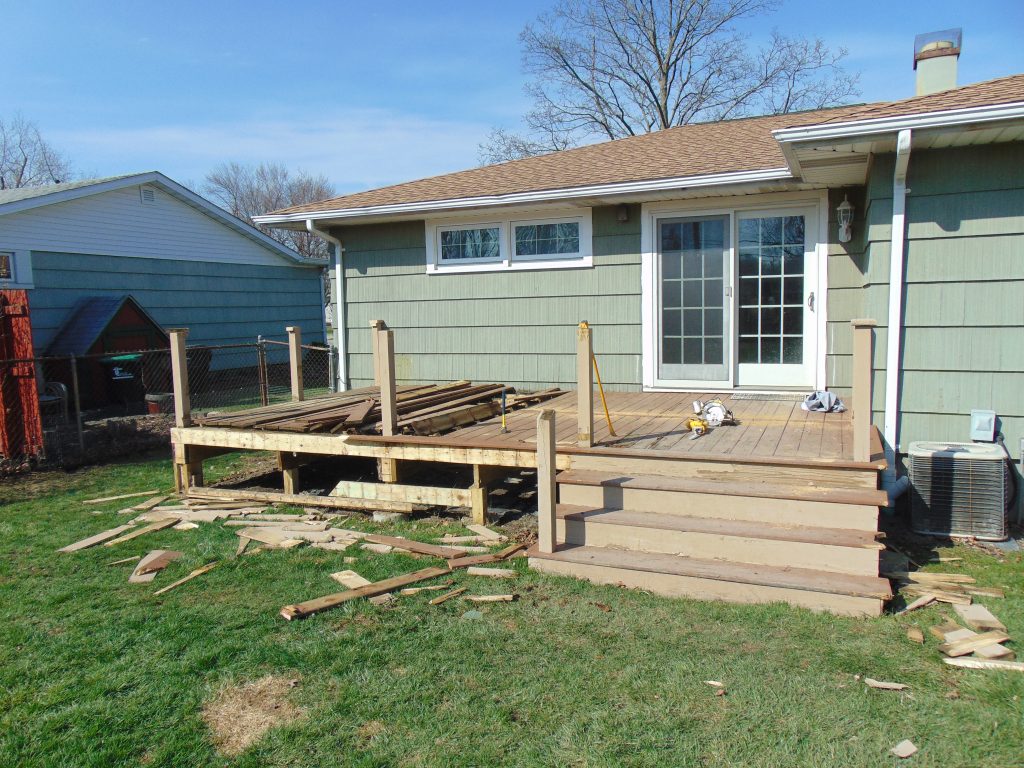
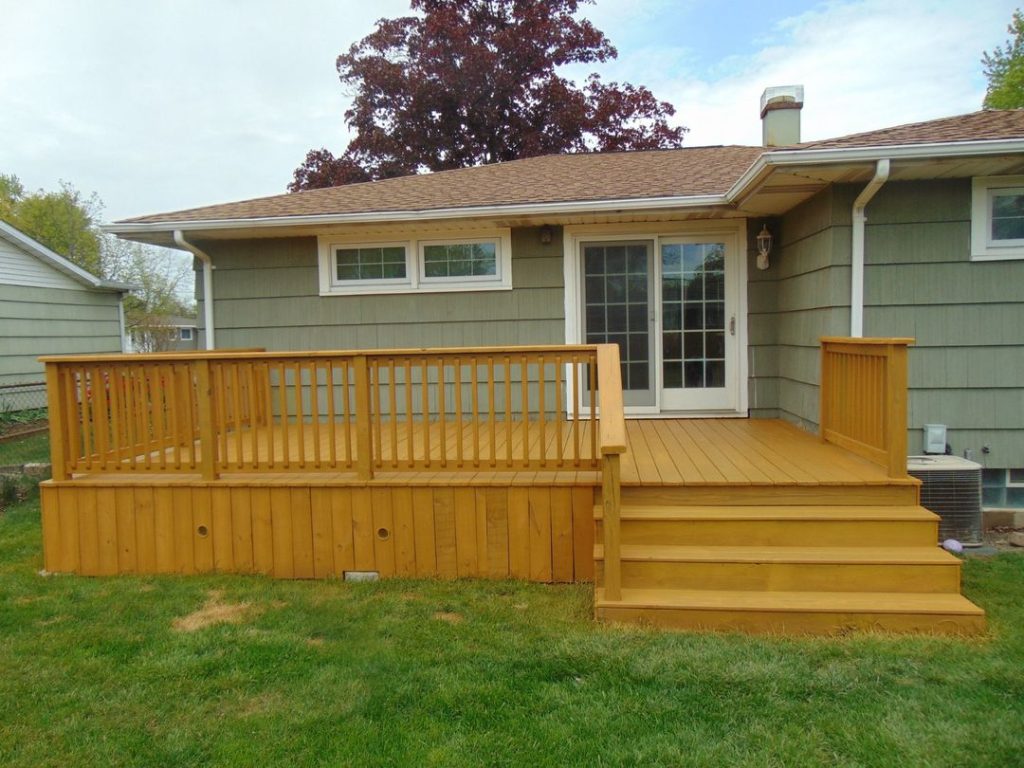
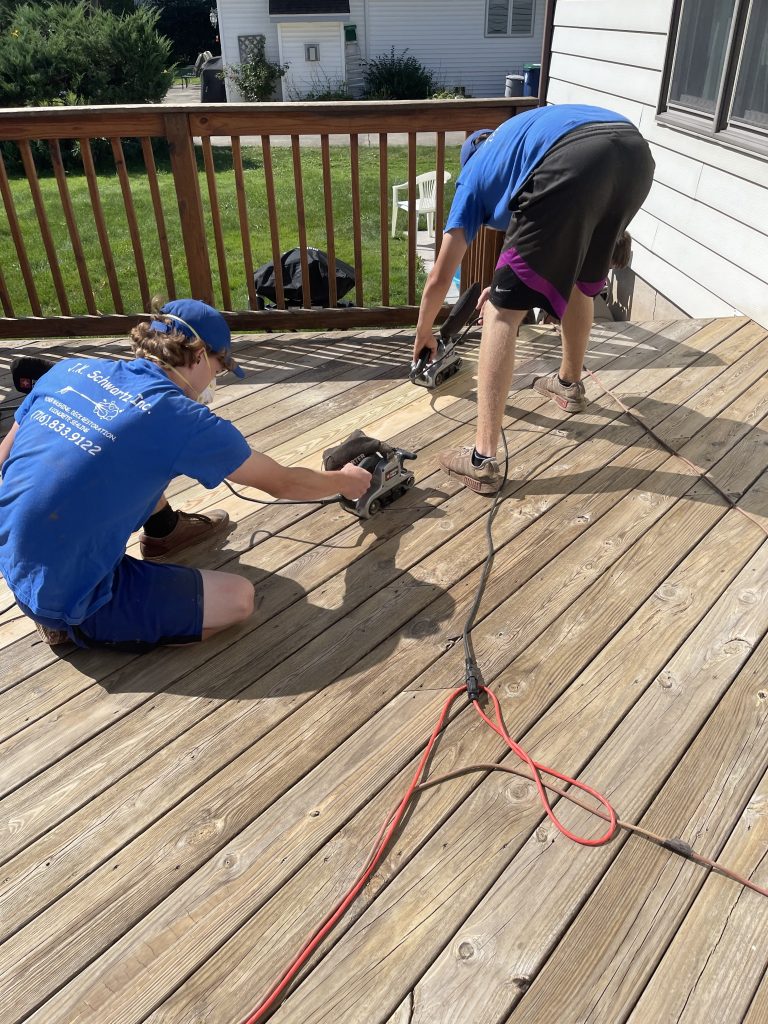
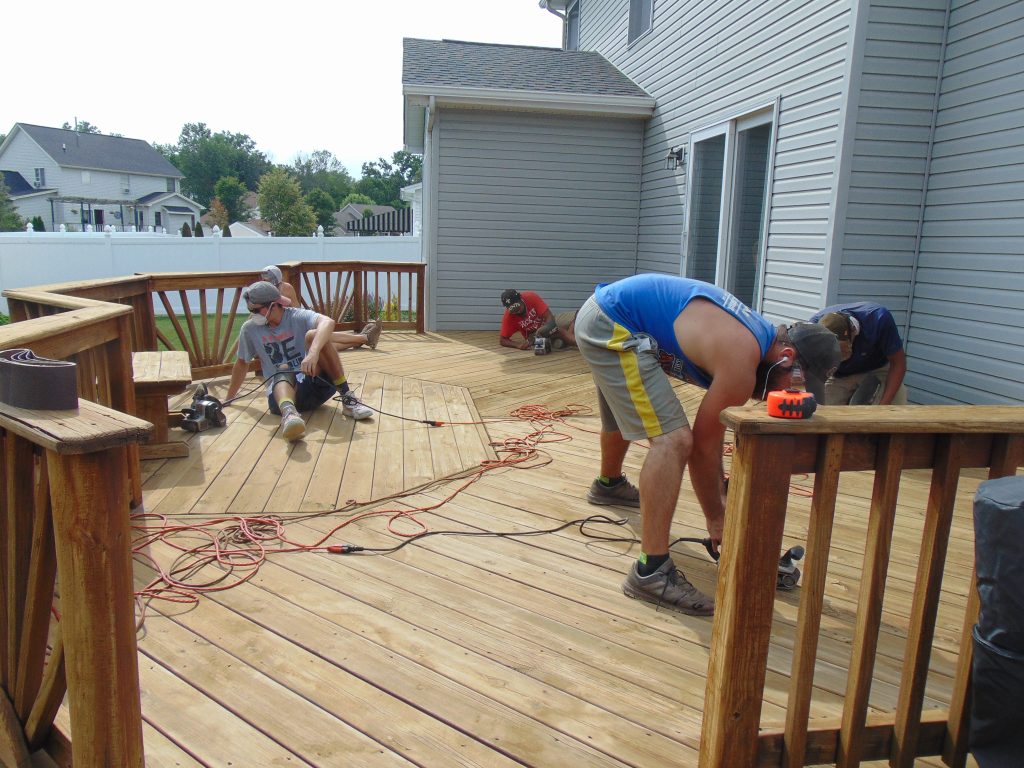
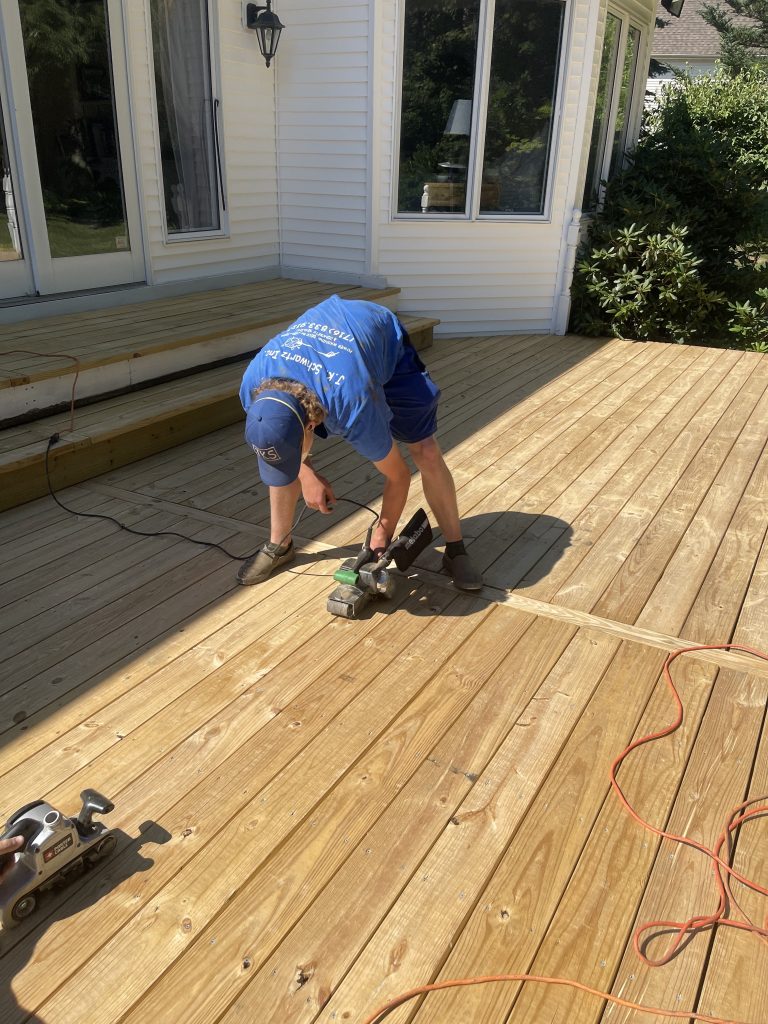
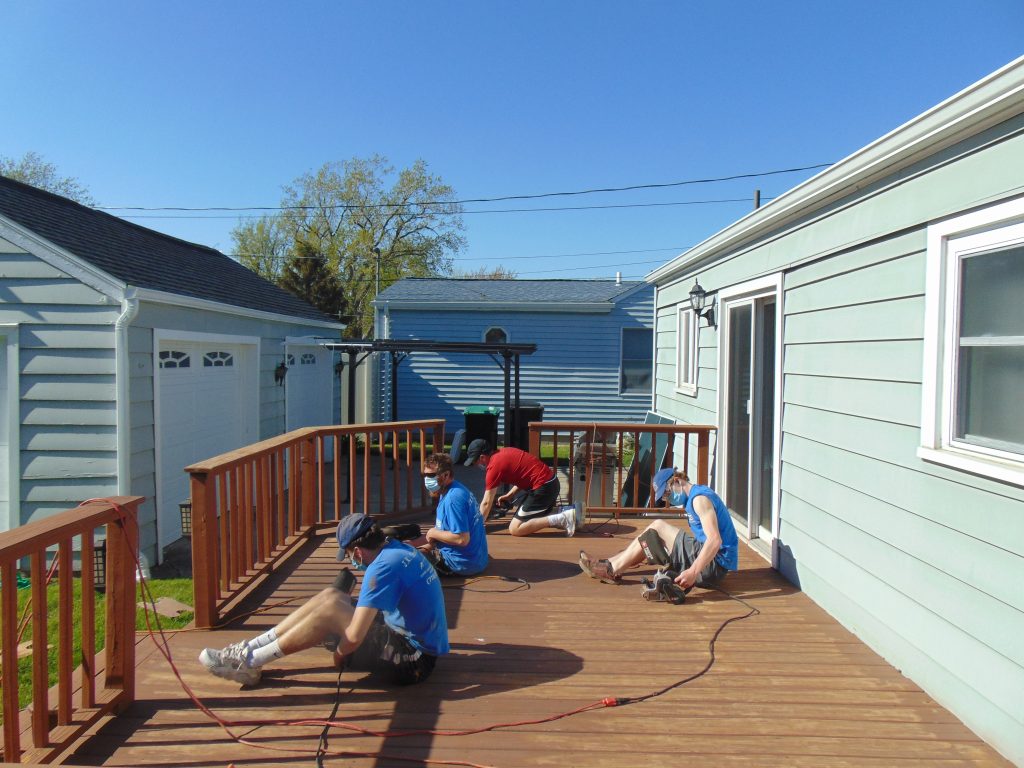
Deck Sanding
Deck restoration requires sanding. No matter how you look at it, sanding the floor of the deck needs to be incorporated into the process for best results. In order for the stain to adhere properly to the wood, the wood must be sanded with a 60 grit sandpaper to open up the pores of the wood. This process will guarantee a longer life. Most contractors will skip this step to save time and money.
OUR PROCESS
Every deck and fence restoration should start with a structural inspection checking for exposed nails and screw heads, lose deck boards, rails and steps. You will find that simply resetting nails and screws will fix many problems. Occasionally we might have to replace any boards that are rotting or severely split.
CLEANING PROCESS
There are many methods of cleaning wooden decks. Using a power washer equipped with a pressure control valve is the fastest and most economical way to clean your deck. After the initial inspection, we apply an environmentally safe cleaning agent on the wood surface. We let it work into the dirt, grime and stains for about 15 minutes.
Using a semi-coarse brush, we scrub the entire deck removing dirt, stains and debris. With just the right pressure. We power wash the surface of the wood to ensure a clean appearance.
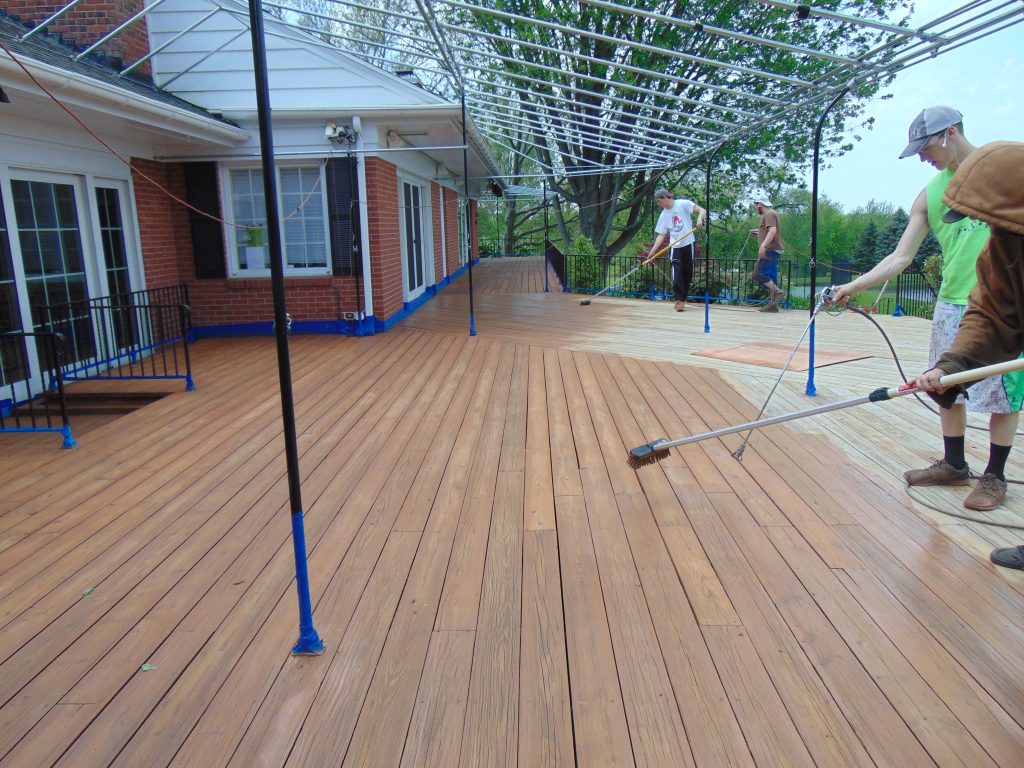
STAINING PROCESS
Preventing water from penetrating the wood surface can greatly extend the life of your deck as well as add to the attractiveness. Their are many products on the market for protecting wood surface. We found, through many years of experience that Sherwin Williams products are among the very best. Applying stain/sealer is like painting in most respects, but conditions need to be just right. We begin by masking off areas to be protected such as siding concrete slabs and landscaping.
We use a good regulated airless paint sprayer to apply the stain. Paint sprayers allow the stain to penetrate deep in the pores of the wood, surface cracks and in between the boards.
After thoroughly mixing the stain, we spray 2 to 3 thin coats of stain to the wood surface going with the wood grain allowing each coat to dry but not thoroughly. Using a soft bristle brush we back brush each coat to unsure an even application of stain to avoid a blotchy appearance. Stain should never be back brushed with rollers. Rollers will not distribute the stain evenly.
HAVE A QUESTION?
Throughout the years, we have been asked many questions related to deck staining, fences, concrete, and exterior house cleaning. Yours might be among the questions in our “frequently asked questions” page.

